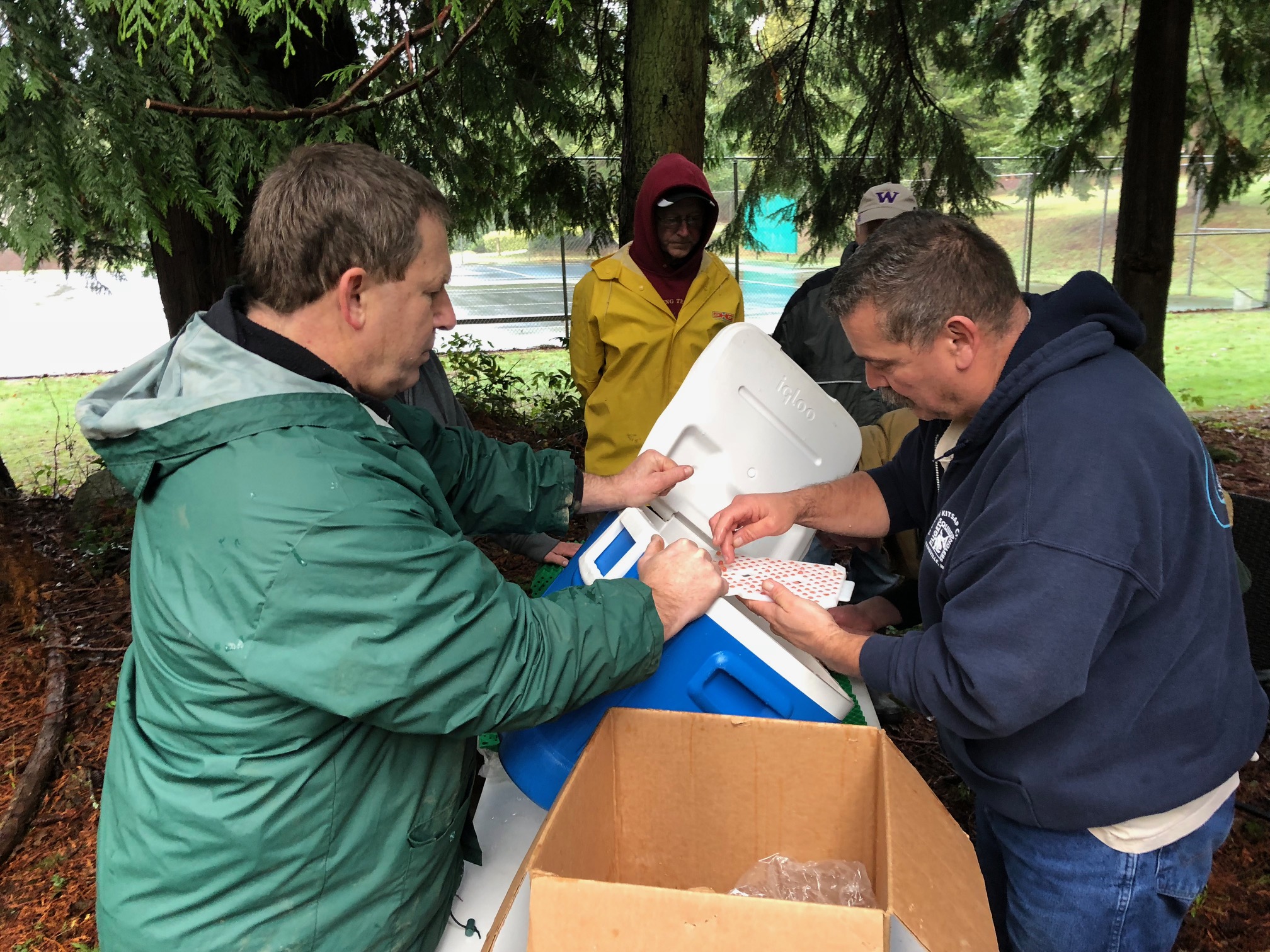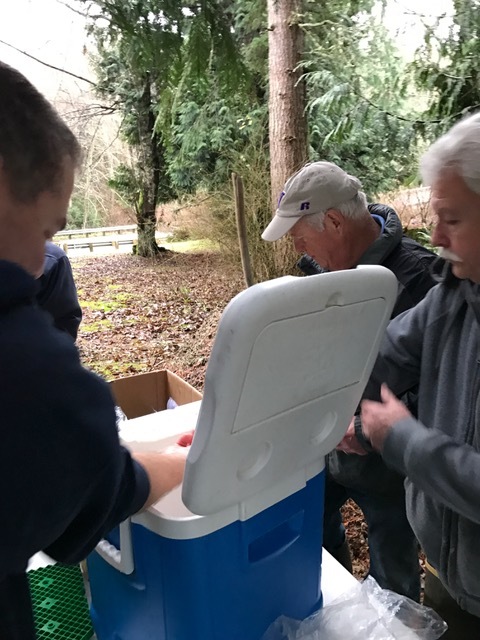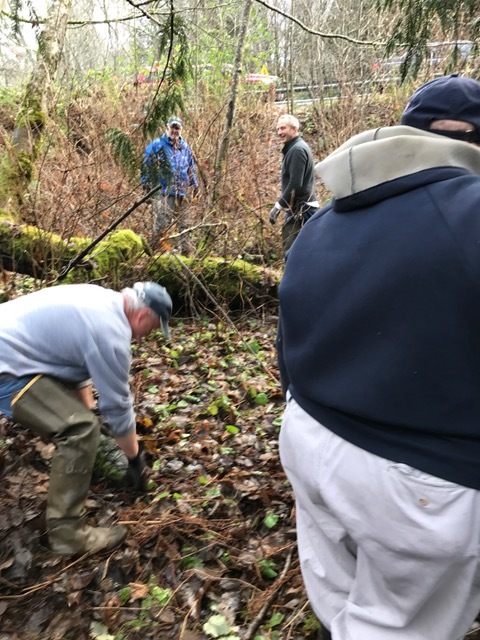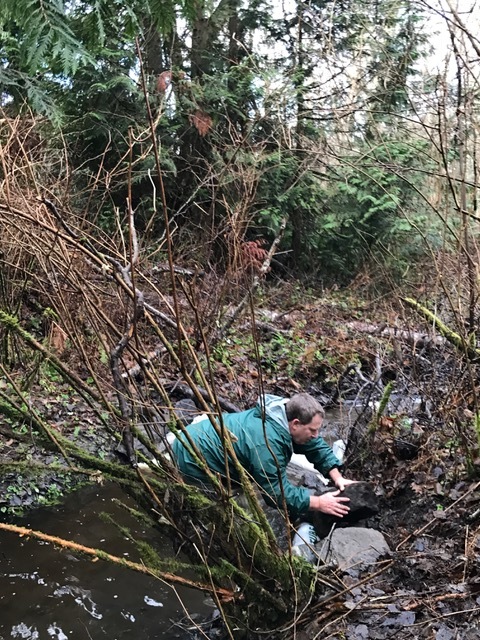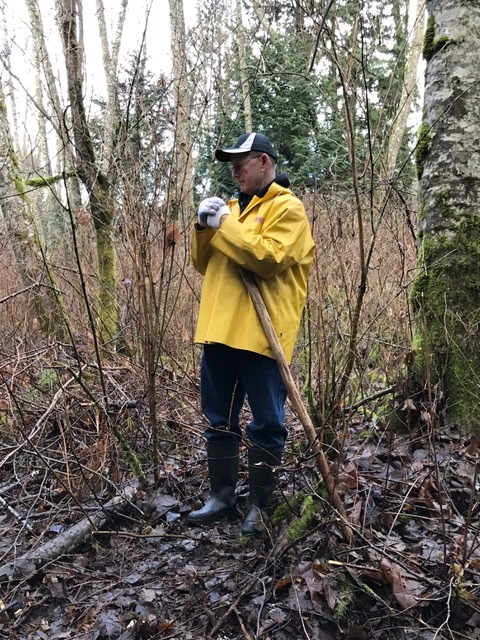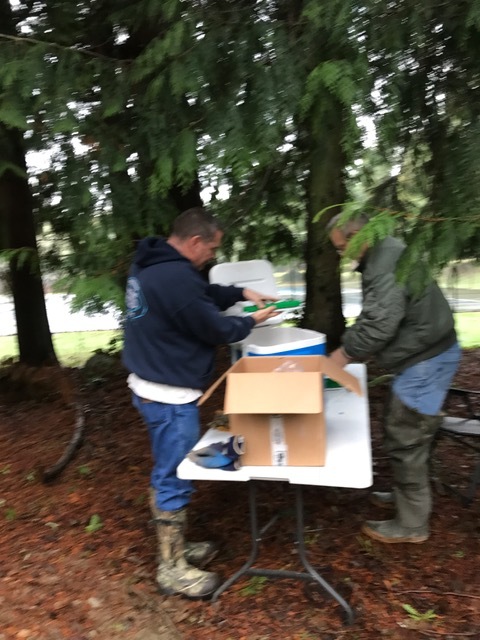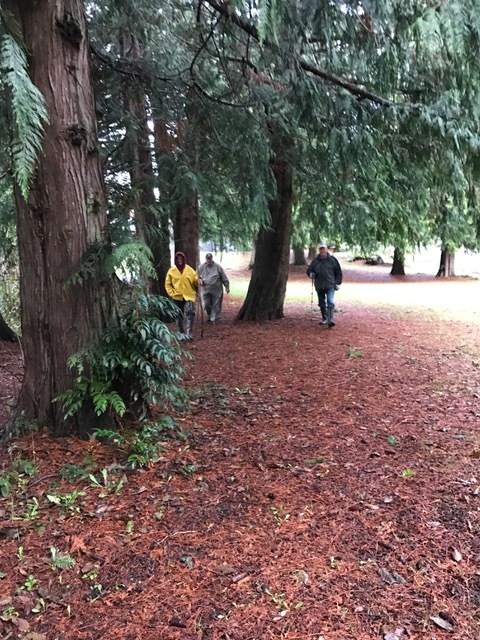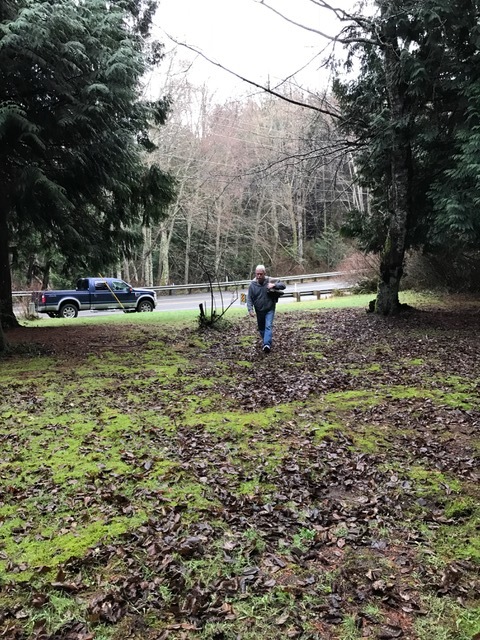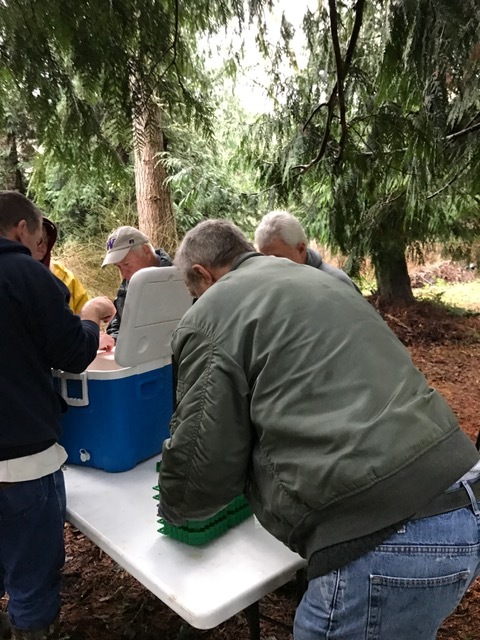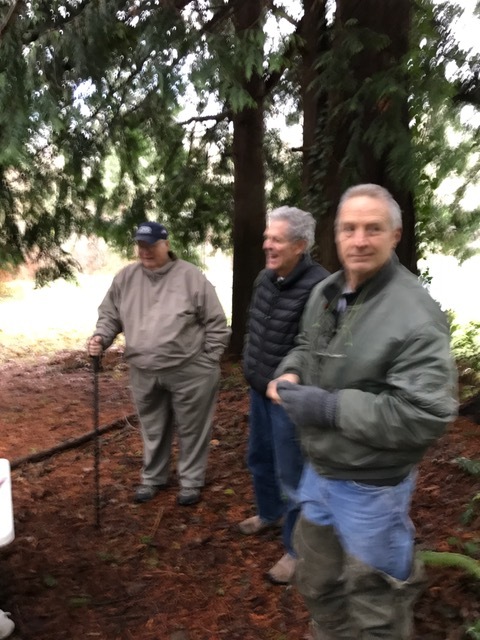Hawks Hole Update - December 2023
Our gratitude knows no bounds for the wonderful group of volunteers who placed 6,000 chum eggs into Hawks Hole Creek today. The rain didn't stop them from filling the egg boxes and placing them into the creek. I have attached the pictures from today, but do take a moment and check out our facebook page NKPSA. Thank you again to everyone who showed up to keep our Legacy alive and well! Diana
Hawks Hole Update - Jan 2021
Hawks Hole Project
2022 Goals
Train two additional Survey Teams consisting of four volunteers each for use in projects.
Determine the feasibility of Habitat Project for Hawks Hole.
Develop member salmon educational curriculum.
Conduct Project Review for members upon kickoff of regular club operations.
At Hawks Hole creek release of total approximately14,000 Chum eggs since project inception(2019) with egg hatch rate survival of above 97%.
2020 Update
We have been allocated 2000 Chum eggs for pickup and placement in creek on Jan 20. Reduction due to low returning fish at hatcheries, original request was 6000. Total Chum eggs in creek for 3 years is approximately 8000. We should see some returning Chum this Fall/Winter of 2020. Nam Sui, WDFW Habitat Biologist suggested that we consider doing Habitat Project for the creek. We are discussing with Shore Woods Board. Terry needs volunteer to take photos on Jan 20th. The Education and Communication Committee is working on signage to be placed near Bridge at mouth of creek that describes Salmon Life Cycle also working with Kitsap County Road Engineering to place signage on Hood Canal Drive.
Hawks Hole project - Our first project 2017-2018
Legacy Team Planting Chum Salmon Eggs 2017
Our first planting in North Kitsap 2017
Background:
Planting Chum eggs in creeks that once supported Chum runs.
Process:
Access and use permits (Local Community) (2 months)
Water quality sampling onsite
Site Engineering and Design (2 weeks)
WDFW (Washington Department of Fish and Wildlife) - Permitting Process (4 months)
Cooperation agreement approval with Partners - WDFW, Tribes, Local Community (2 months)
Acquire eggs from WDFW hatchery (2 days)
Site, egg box preparation (2 days)
Install eggs in local creek (1 day)
Observe hatch rate daily (2 weeks)
Results:
97% Hatch success!!!!!!!!!!
Next Steps:
Observe return rate over the course of 3, 4 and 5 years
Lessons Learned
PROJECT GOALS
The goal of our projects will be to introduce salmon into local North Kitsap streams by using RSI(Remote Site Incubators). The ultimate goal will be to create more Salmon. We will embed our Project process and procedures into the culture of NKPSA thereby creating a lasting Legacy to be passed on to membership.
SITE SEARCH
RSI is easier to get approved and constructed than Net Pen project. Net Pen requires regular cleaning, inspection, and removal of fish feces. RSI egg box installation is easy and are reasonably priced from Scotty.
Year around stream with access to salt water is required.
Elevation in stream bed is required to create flow/oxygen.
Water Quality Testing for Flow, Oxygen, and toxics is required.
Security for egg boxes is consideration.
Maps of proposed sites are required.
Access to the site for transport of materials and construction should be considered.
Property identification should be determined prior to site visits. We should always try to determine if we have relationship contacts within NKPSA.
Information Handout to sell our project that includes who we are, our interaction with state, county, and tribes. We should also provide photos of egg boxes and installation.
PROPERTY OWNERSHIP SEARCH
Property ownership can be obtained using the Kitsap County Tax and Parcel Database. Maps are also helpful.
ACCESSING PROPERTY
It is important to establish relationship with property owners.
Contact with property owners must be made prior to site visits. Requests for permission to access property must be obtained prior to visit.
We always want to consider being a “Good Neighbor”.
SITE SELECTION CRITERIA
The determination of number and type fish should be made prior to selecting site.
Some of the factors for consideration are as follows:
Size of stream
Year around stream
Access to saltwater
Fish capacity of stream
Type of fish to be used
Depth of proposed site
Elevation of stream
Access to site
Flow of stream
Security for site
Construction required
WATER QUALITY TESTING
Each proposed site should be tested for water quality. Test for Flow, Oxygen, and Toxicity.
SITE DESIGN
Egg boxes will normally be used for projects due to cost, reuse capabilty, and ease of installation. There are other RSI designs available on You Tube.
Whenever possible we should use design that does not require removing existing stream materials or significant changes to stream. This will avoid submission of HPA(Hydraulic Permit Application).
ACCESS AND USE AGREEMENTS
We must always prepare an Access and Use Agreement with Property Owners. The agreement is required by WDFW Project Agreement.
A copy of Project Access and Use Agreement will be maintained in Project file.
WDFW CONTACTS
The Program Specialist for WDFW Fish Rearing Cooperative is Josh Nickolas, his contact info is 360-902-2685, email Josh.Nicholas@dfw.wa.gov
The Regional Habitat Program Manager, is Chris Waldbillig, Office 360-874-7258 or Cell 360-480-8128, email Chris.Waldbillig@dfw.wa.gov
Both are very knowledgeable and helpful.
WDFW PROJECT APPROVAL PROCESS
Each Fish Rearing project must have Cooperative Fishing Rearing Project Request approved by WDFW.
Once a location is determined an Access and Use Agreement with landowner must be completed and submitted to WDFW, Josh Nickolas.
Once the project is approved, WDFW will determine Hatchery for providing egg pickup.
For transporting eggs use cooler with cool wet
Towel. Eggs should be loaded into trays as soon as practicable, normally within 24 hours of receipt.
SYSTEMS/WEBSITES
The following websites are helpful in developing project:
Scotty, egg box manufacture product detail:
Kitsap County Tax and Parcel System for property ownership identification:
WFWD, Fish Passage Identification for stream classification.
Goggle Earth for location identification.






